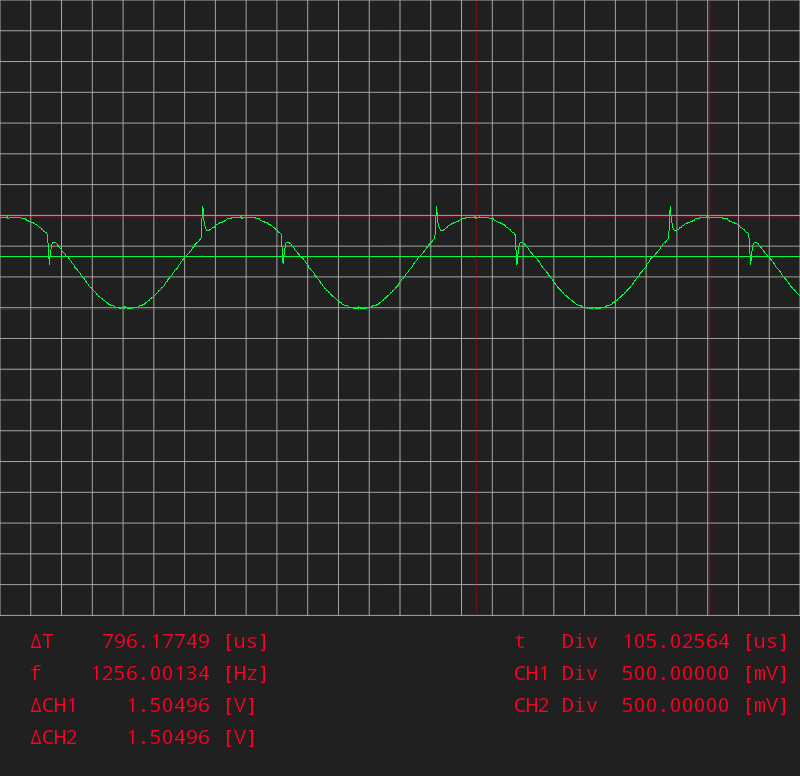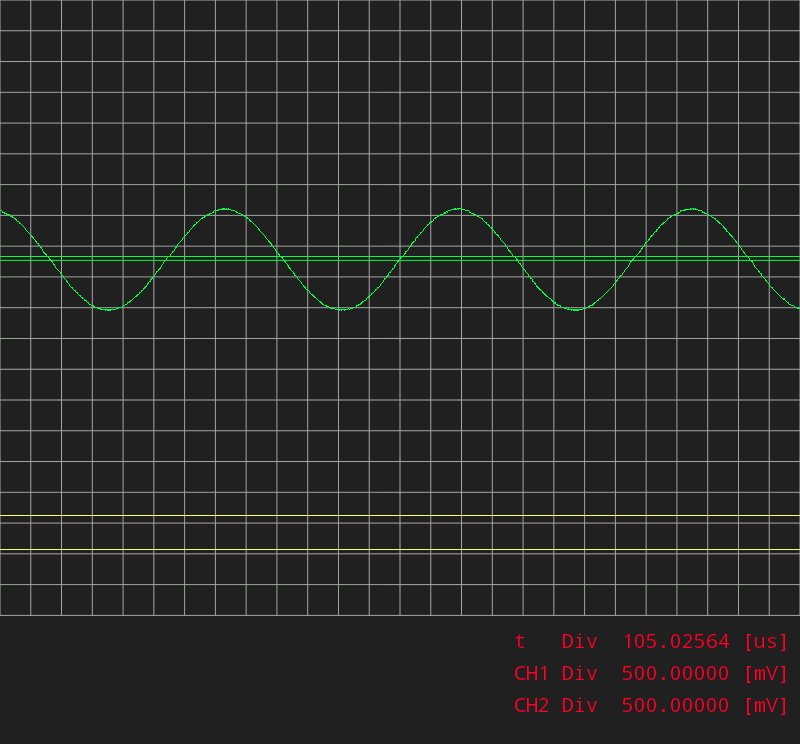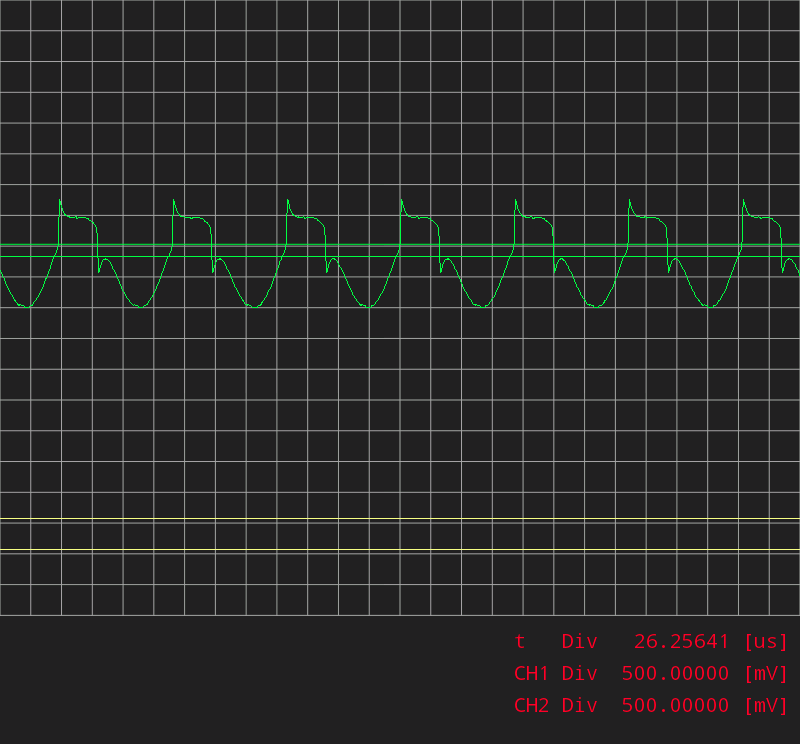Hi, I'm completely new here. I'm trying to figure out if there is something wrong with this Kenwood FG 273 function generator I just bought on eBay, or if I am just an idiot

I'd really appreciate any feedback (either way!)
First let me say, I am very inexperienced with this stuff - I have tinkered a little with electronics before, but this is the first time I've used a function generator, and I'm using it to help me get the hang of my new oscilloscope, which is also the first oscilloscope I've used. It's a digital scope that uses an Android phone (
http://www.osciprime.com/).
Secondly, sorry for making such a long pic-heavy first post. But it's the only way I can describe the problem I'm having.
Anyway, I am pretty sure the scope is working fine. I've used it to look at some signals on my car and I have found no issues with it. But the waveforms I see from my new (to me) function generator make no sense to me. The problems are:
1. unbelievably low amplitude. There is simply no way I can see anything unless I (a) switch my probe from x10 to x1, *and* (b) turn up my scope's gain to the max. If I turn up the amplitude much on the function generator, the signal clips (it's not my scope that's clipping).
2. strange distortion on sine and triangular waves, that gets worse with frequency.
3. the amplitude control does strange things to the wave shapes at anything above a few Khz.
To help get some feedback on this, I've taken some screenshots. This first one illustrates problems 1 and 2. Bear in mind, the scope is assuming the probe is x10, so the actual voltage of the signal here is one thenth, i.e. about 150mv peak to peak. I don't really have a sense of how much a function generator *should* output, but surely it should be more than that? I was expecting something more like 1v?

Now, here's a signal of the exact same frequency coming directly from my laptop's soundcard (
http://onlinetonegenerator.com/) - so you can see it's not the scope or the probe that's causing the spikes:

Here's the triangular wave from the function generator - exactly the same issue:

Regarding the amplitude, here's what happens when I try turning that up (remember my probe is on x1 here, but the voltage display assumes x10):

And here's what happens when I turn up the frequency - this is at around 10khz (my scope samples at 6ms/s and is supposed to have an analog bandwith of at least 3.3mhz with the gain setting I"m using here, so this should be no big deal):

If you got this far, thanks for reading! And can you shed any light on this? Should I send this function generator back as defective? Or am I missing something? I think I have a reasonable understanding of pretty much all the controls, and I can't seem to fix any of my problems with any of them. But maybe I am missing something fundamental...